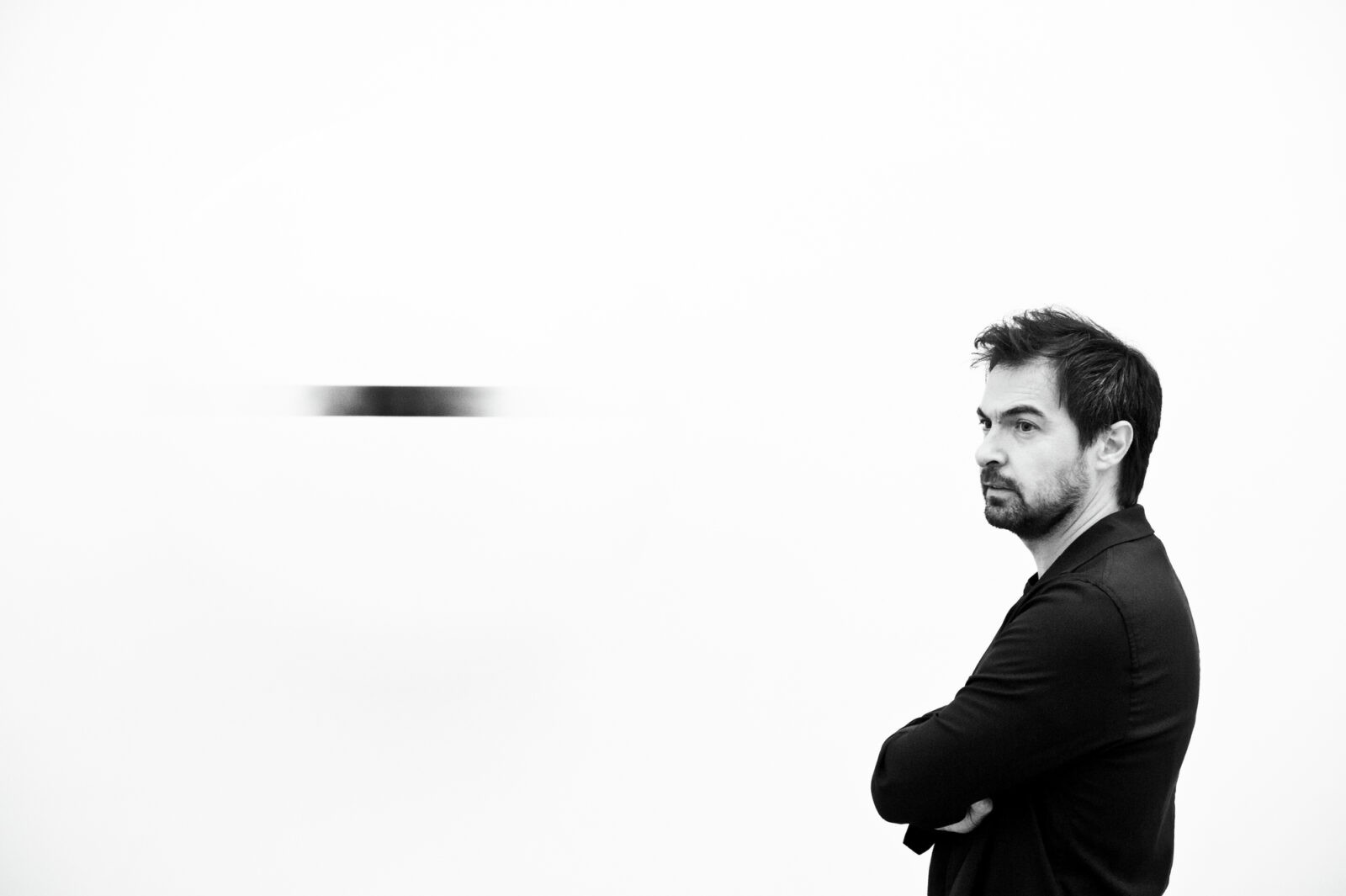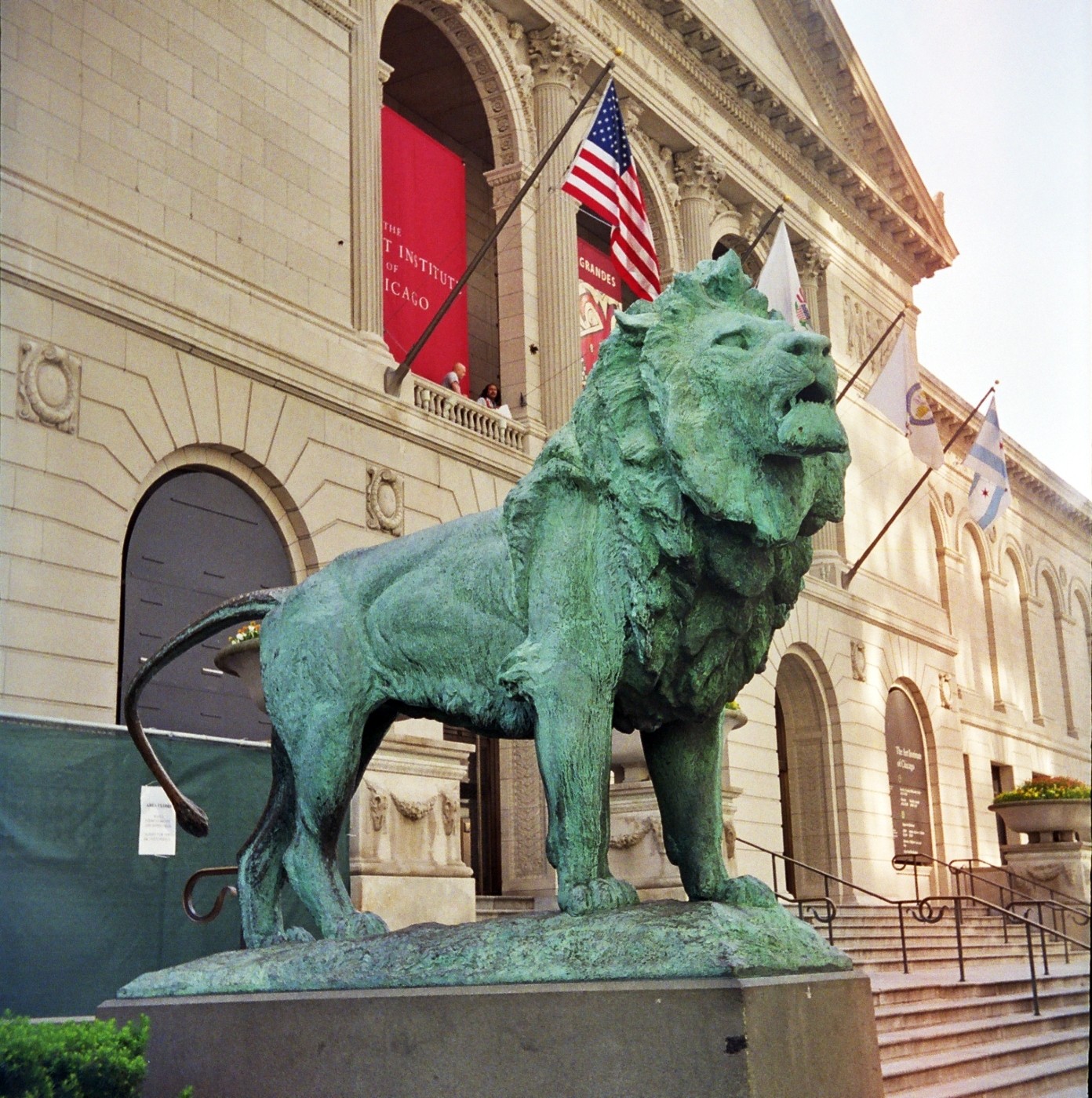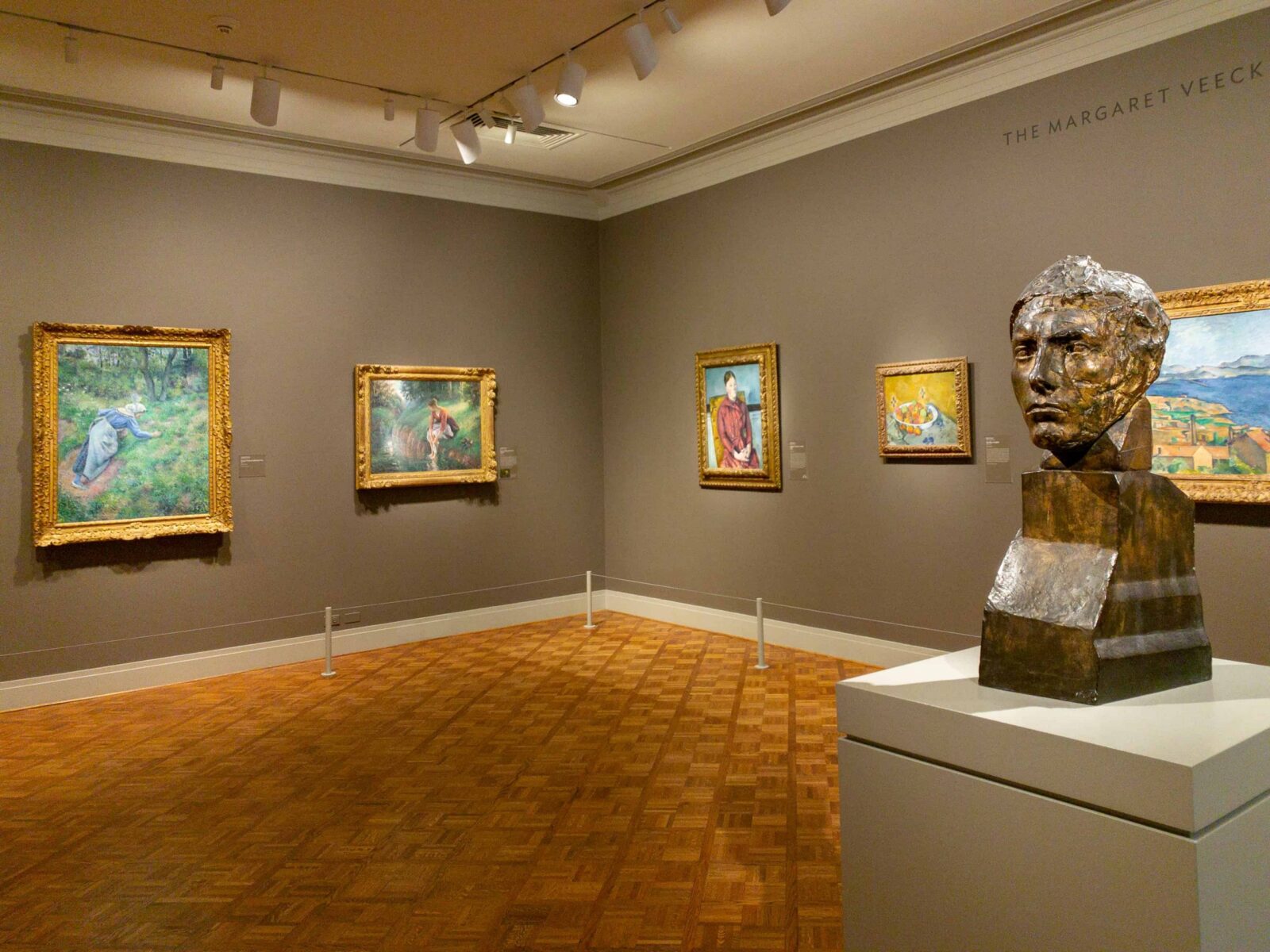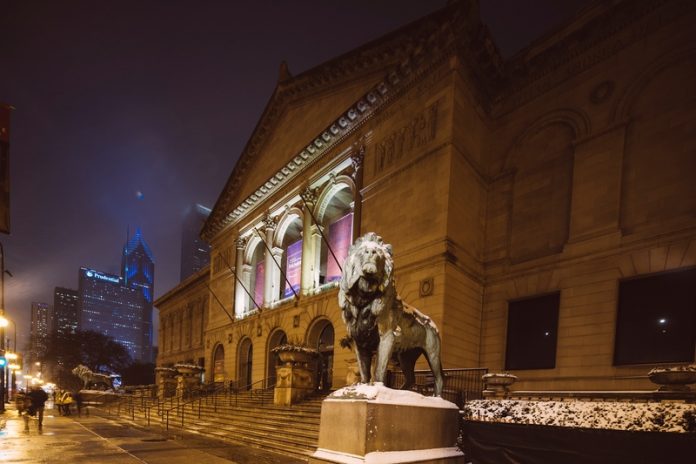Museum Director James Rondeau on why the institution is recruiting Barcelona-based architects Barozzi Veiga to reimagine the entire campus.
Art museums today and further in the 21st century should be understood not so much as impenetrable temples for culture, but more as porous social platforms, real and virtual portals to information and knowledge in a wide range of interactions. At the Art Institute of Chicago, over the next five years, we will focus our talents on making everyone who walks into our premises feel welcome.

Visitors recognize themselves more and more in the collections, exhibitions, and programs of the Art Institute of Chicago.
This is why they recently asked Fabrizio Barozzi and Alberto Veiga, founding executives of Barcelona-based firm Barozzi Veiga, to help them assess the museum’s current campus, collection needs, exhibitions, and, importantly, staffing needs; and start creating a plan for the future.
The Art Institute of Chicago is civic education.
The architectural presence of the Art Institute of Chicago is just one manifestation of their values, but very important. In fact, they have always been aware of their role as a place for every Chicago resident, as well as every guest from the United States or other countries.
In order to continue to serve as an example and to develop the energy institute described by Monroe, they must define their museum as a museum that can be dedicated to both the experience and the rare and important objects that they manage. More accessible and navigable museum spaces can help us present works of art in new and more inclusive creative exchanges – in chronological, material, stylistic, or geographic spectra.

Bringing in partners who can think beyond what has already been done, they recognize that they could be more transparent and welcoming. The continuity and interconnectedness of their internal spaces can confuse even their regular visitors.
James Rondeau noted that Barozzi Veiga confirmed their belief that they can do more to discover themselves in the unique and beautiful city and unique nature of our site. More importantly, they helped realize that the museum of the future will need innovative solutions that will enable them to evolve in ways that they have yet to understand.
Could there be a new kind of museum space apart from a single attachment to functions (gallery, café, shop, etc.) that, in fact, have been around for over a century?
An innovative typology of space can simultaneously serve as a new urban plaza. There, the focus is on community and where the next generation of visitors can come to watch, talk, think, read, go online, be alone, chat, dine and watch a film or live performance.
The museum director says that everything they do together should not be taken as a single or separate project; rather, the Art Institute of Chicago must now face the challenge of understanding our museum as a vibrant urban campus, a complex architectural and experimental ecosystem.
He notes that they are honored to continue to work for the benefit of their exceptional city as one of the greatest art museums in the world. The Art Institute of Chicago is a place of active learning for all, and we strive to model community service and civic engagement as a diverse global museum that fosters equal participation in creative and critical engagement with the art of all kinds.
They are constantly expanding their reliable free access, especially for the youth of the City of Chicago. However, they know that these benefits only make sense if their campus experience balances artistic and intellectual stimulation with the claim that they all belong there.
Museum and school of fine arts

No trip to Chicago can be complete without a visit to the Art Institute of Chicago. It is ranked among the top museums in the world. The Art Institute of Chicago holds the largest collection of Impressionist paintings outside of Paris, including works by Monet, Renoir, Seurat, and Van Gogh. Explore the Modern Wing, designed by Renzo Piano, and its extraordinary collection of works by Chagall, Dali, Matisse, Picasso, and Pollock.
The Art Institute of Chicago was established as a museum and school of fine arts. Since 1879, the permanent collection has grown from plaster casts to nearly 300,000 works of art in a wide range of fields, from Chinese bronze to contemporary design, from textiles to installation art. Its mission is to collect, preserve, interpret works of art of the highest quality, and represent the diverse artistic traditions of the world.
In 1866, SAIC ( School of the Art Institute of Chicago) was established. Now, it is one of the most historically significant accredited independent schools of art and design in the world. SAIC is distinguished by its interdisciplinary curriculum, cutting-edge equipment, renowned faculty, exceptional resources including the Art Institute of Chicago.

The Art Institute is not only one of the most important museums but also the oldest educational institution in the United States. The institute has about 3,000 students and in addition to traditional professions (art, art history, painting, or architecture), you can get a completely modern profession of animator, art therapist, or computer graphics.
The Art Institute of Chicago is considered the main educational institution of the city and state of Illinois, Walt Disney graduated from it.
But, naturally, tourists visit the Art Institute of Chicago not as an educational institution, but as the city’s main art museum. Most of all, guests are interested in the collection of impressionists located here, recognized as the largest in the world. Only the Louvre collection can compete with it. Therefore, art lovers should definitely visit this museum.
The institute is located near the shore of Lake Michigan, between two city parks – Millennium Park and Grant Park. On the way to the museum, first of all, attention is drawn to two copper lions, sculptures that in themselves have become the most famous sights of Chicago.
Unfortunately, the first building in which the academy was located did not survive; it was destroyed by the great Chicago fire. The new building was erected in 1892 in the best architectural traditions of the time, in the Art Deco style.
The building was built for the Columbus World Exposition, which was hosted by the city of Chicago, after which, as previously planned during construction, after the end of the exhibition it was transferred into the permanent possession of the institute.
The collection of the museum has about 300,000 paintings. That makes the Art Institute of Chicago one of the largest museums in the country. The Art Institute of Chicago is also a large research center with its own laboratories and one of the largest libraries in the United States. It is the second in size only to the Library of Congress in the capital of the United States, Washington, as well as the Public Library in New York.

The funds of both the library and the museum are constantly being replenished, which leads to the need for permanent expansion and completion of buildings. In 2009, the last extension to the main building was carried out. It was designed by the Italian architect Renzo Piano, after which the institute’s area reached the figure of a million square feet.
In order to fully enjoy visiting the museum, and have time to see at least the most important thing, you must allocate at least 4 hours to visit it.
Of the permanent exhibitions of Art Institute of Chicago artworks, it is worth paying attention to the exhibition of weapons and armor, samples of European decorative and applied art, a section of African art. The institute also offers visitors temporary exhibitions in other directions, which cover various nationalities and eras.
The Art Institute of Chicago has provided its youngest visitors with a huge number of interactive children’s stands and mini-performances that develop children’s horizons.
























